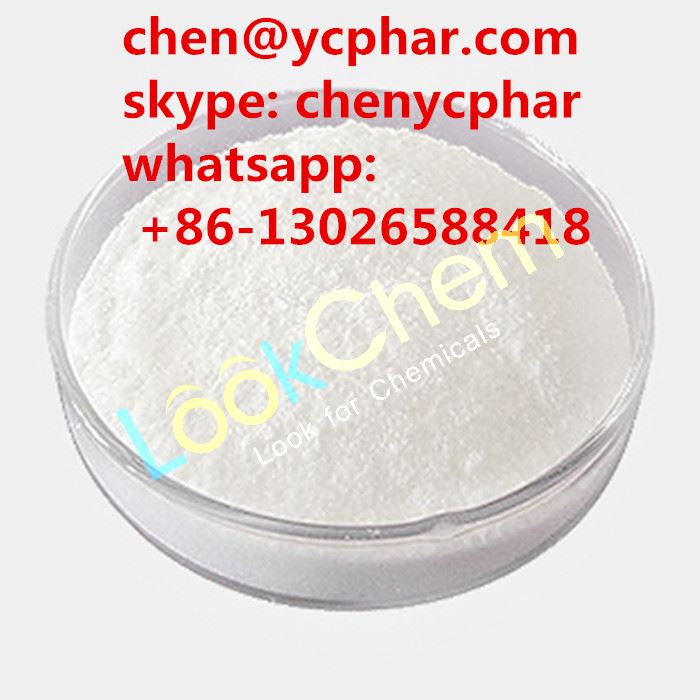Prilocaine
CAS 721-50-6
What is Prilocaine
Prilocaine is a local anesthetic of the amino amide type first prepared by Claes Tegner and Nils Löfgren. In its injectable form (trade name Citanest), it is often used in dentistry. It is also often combined with lidocaine as a preparation for dermal anesthesia (lidocaine/prilocaine or EMLA), for treatment of conditions like paresthesia. As it has low cardiac toxicity, it is commonly used for intravenous regional anaesthesia (IVRA).
Applications:
Prilocaine topical is a local anesthetic (numbing medication). It works by blocking nerve signals in your body. Prilocaine topical is used to numb the skin, or surfaces of the penis or vagina, in preparation for a medical procedure or to lessen the pain of inserting a medical instrument such as a tube or speculum.
More Details:
In some patients, a metabolite of prilocaine may cause the unusual side effect of methemoglobinemia, which may be treated with methylene blue.
Local anesthetic is a substance that causes loss of sensation only to the area to which it is applied without affecting consciousness. Most local anesthetics structures have amino-ester or an amino-amide group which are linked to hydrophilic (secondary or tertiary amine) and to hydrophobic group (aromatics) on the other side.
Local anesthetics, long duration, lower toxicity, chemicals that are also small Suitable for epidural anesthesia, block anesthesia and infiltration anesthesia, etc.


![]() China (Mainland)
China (Mainland)